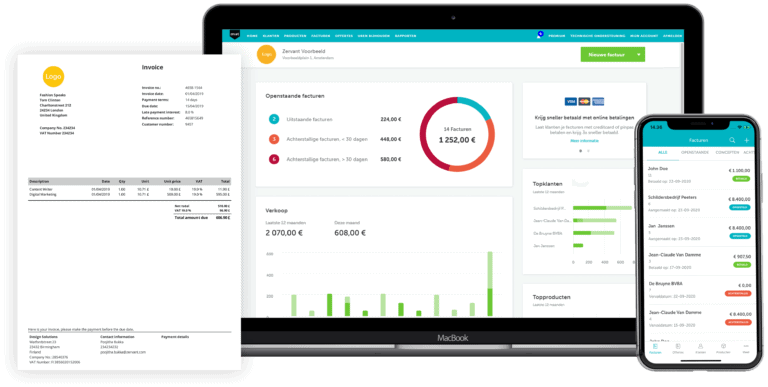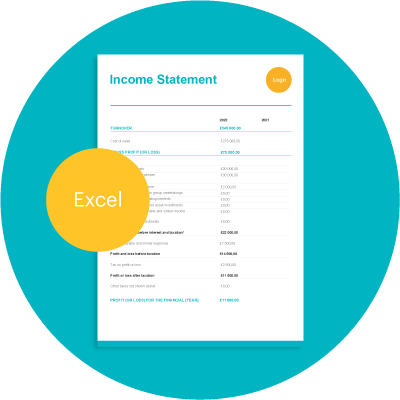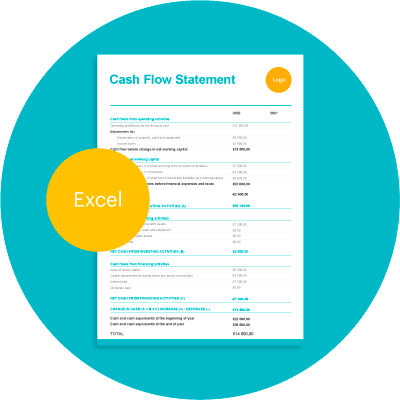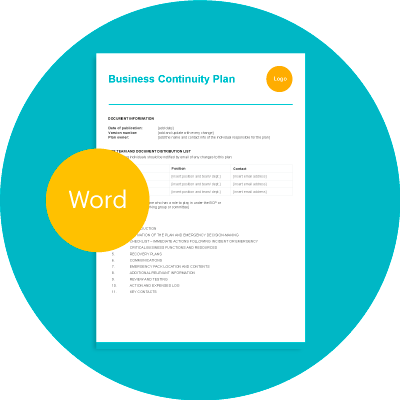
Everything You Need to Know About Balance Sheets
A balance sheet is one of the key financial documents you will need to get to grips with when running your own business. And as we recently wrote an article all about profit and loss statements, we thought it would be good if we did the same for the balance sheet. Because taken together, these are the 2 main financial documents you’ll need to hand as an entrepreneur.
Table of Contents
What is a Balance Sheet?
A balance sheet shows what a business owns (its assets), what it owes (its liabilities), and how much money the owner, or shareholders, have invested in the business (the owner’s equity).
What you have in each of these categories really depends on what line of business you’re in. But assets can include cash, stock, office furniture, computers and raw materials, for example. Liabilities can be split into long-term and short-term categories, and include debts and other financial obligations your business has. Think of bank loans, mortgages, tax bills, money owed to staff and so on.
A balance sheet is a snapshot of a business’ financial health, at any given time.
For your business to be ‘balanced’ you need to consider the following formula: Assets = Liabilities + Owner’s Equity
Everything that a business owns – its assets – need to be paid for by its liabilities and what owners/ shareholders have invested in it. If it has more liabilities than assets then the future may not be too bright. This means that a business does not have enough money to pay all its debts! You can also use this formula to see what a company’s net worth is – simply subtract the figure for total liabilities from the figure for total assets.
Why is a Balance Sheet Important?
A balance sheet shows if a business’ financial affairs are in order or not. This is vital information to have to hand if you’re looking for a business loan or a government grant. Think of it as a thermometer that gives a reading on your company’s financial affairs.
Anyone from potential investors, keen to know what the company is worth, to the tax authorities, if you apply for tax reductions or benefits, will want to see your balance sheet. Of course, it also provides you with valuable financial data on how the business is doing.
It clearly shows you how a business’ assets are financed. If it is mainly through borrowing then the figure for ‘liabilities’ will be higher. And if it is mainly through the owner’s own money, as is often the case for entrepreneurs, then the figure for ‘equity’ will be higher. This is essential to know when planning ahead.
Balance Sheet vs. Profit and Loss Statements
A profit and loss statement, or P&L, shows you all the transactions in a business during a specific period of time, typically monthly or quarterly. It includes sales, expenses and income. A P&L is specifically designed to show whether a business is profitable or not. And because it is based on a defined amount of time you can compare different P&Ls to gauge how a business is performing eg. from quarter to quarter, or year to year.
As a balance sheet lists long term debts and investments that a business has, it shows information that a profit and loss statement does not (think, for example, of the assets and liabilities listed above). It is not as defined as the P&L, it is broader in scope, and provides a more overall, complete picture of the business. A balance sheet is the deep, underground roots of your business, the P&L everything visible above the surface.
When the 2 statements are used together they give a good idea of operational efficiency, how consistently a company performs, and what direction it is headed in. Both are essential, but focus slightly different metrics.
See How Invoicing Software Can Help!
It’s clear that you need to have complete financial control of your business in order to succeed. Even if the theory of financial reporting is fairly straightforward, the reality of it can consume a lot of time, money and energy. Collating all this data, and then using it in a way that helps you to run your business, is an art in itself.



